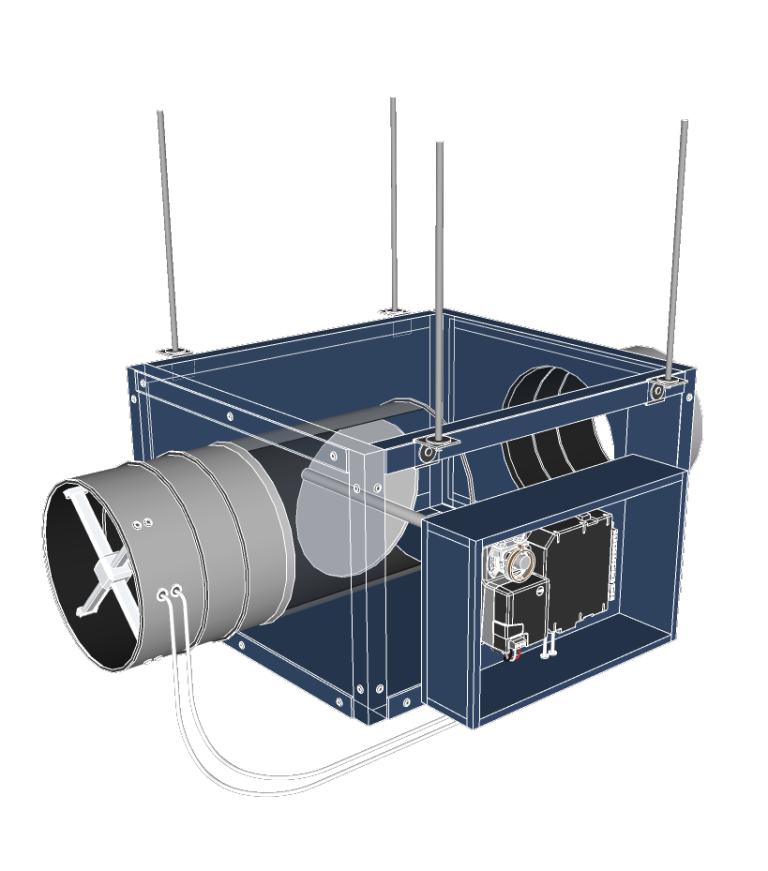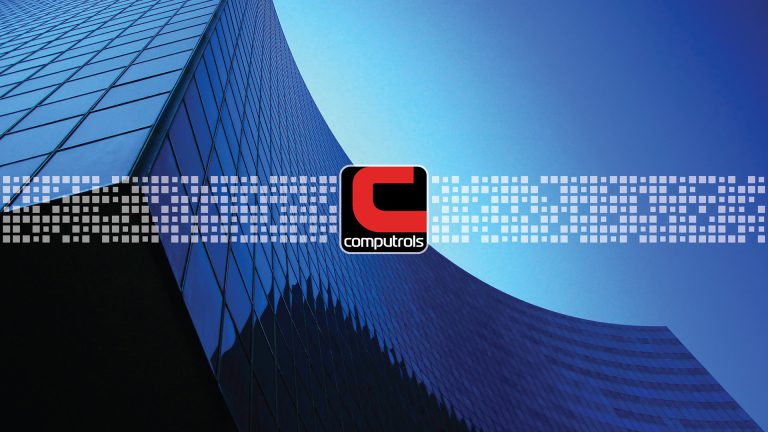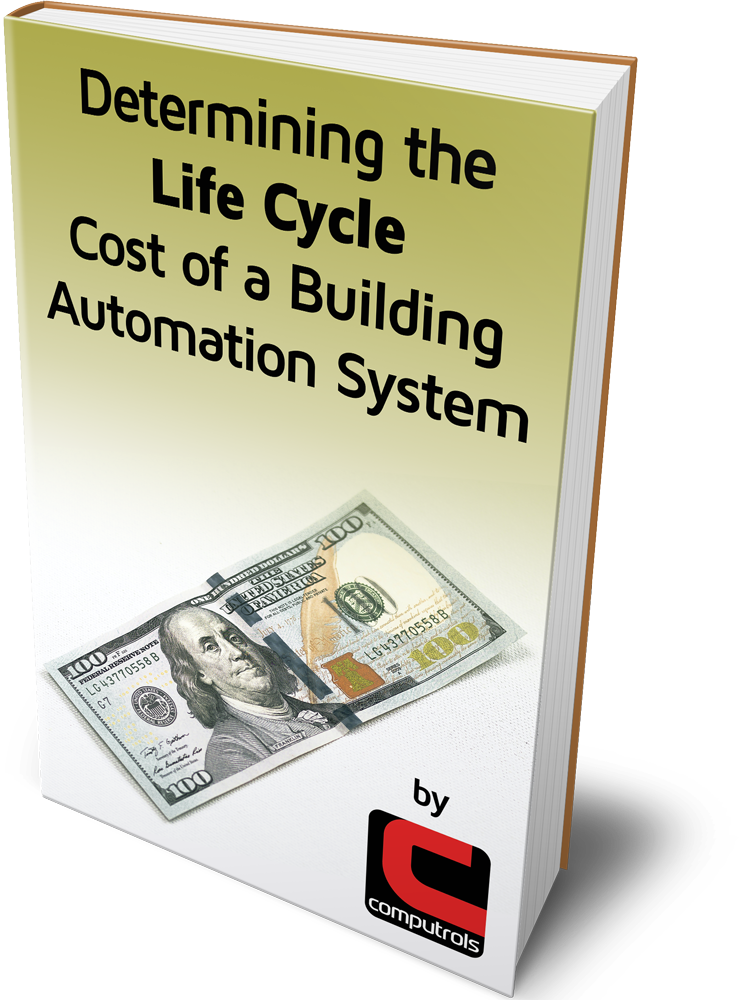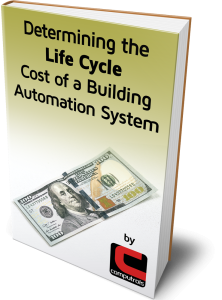
Network Security in Building Automation
Unlike office networks, the typical modern BAS is a mixture of inexpensive wiring that connects smaller controllers and sensors, as well as larger network devices like equipment controllers and computers.
In this article about network security in building automation articles, we’ll review network security topics, but focus primarily on those issues that are specific to building automation systems.








